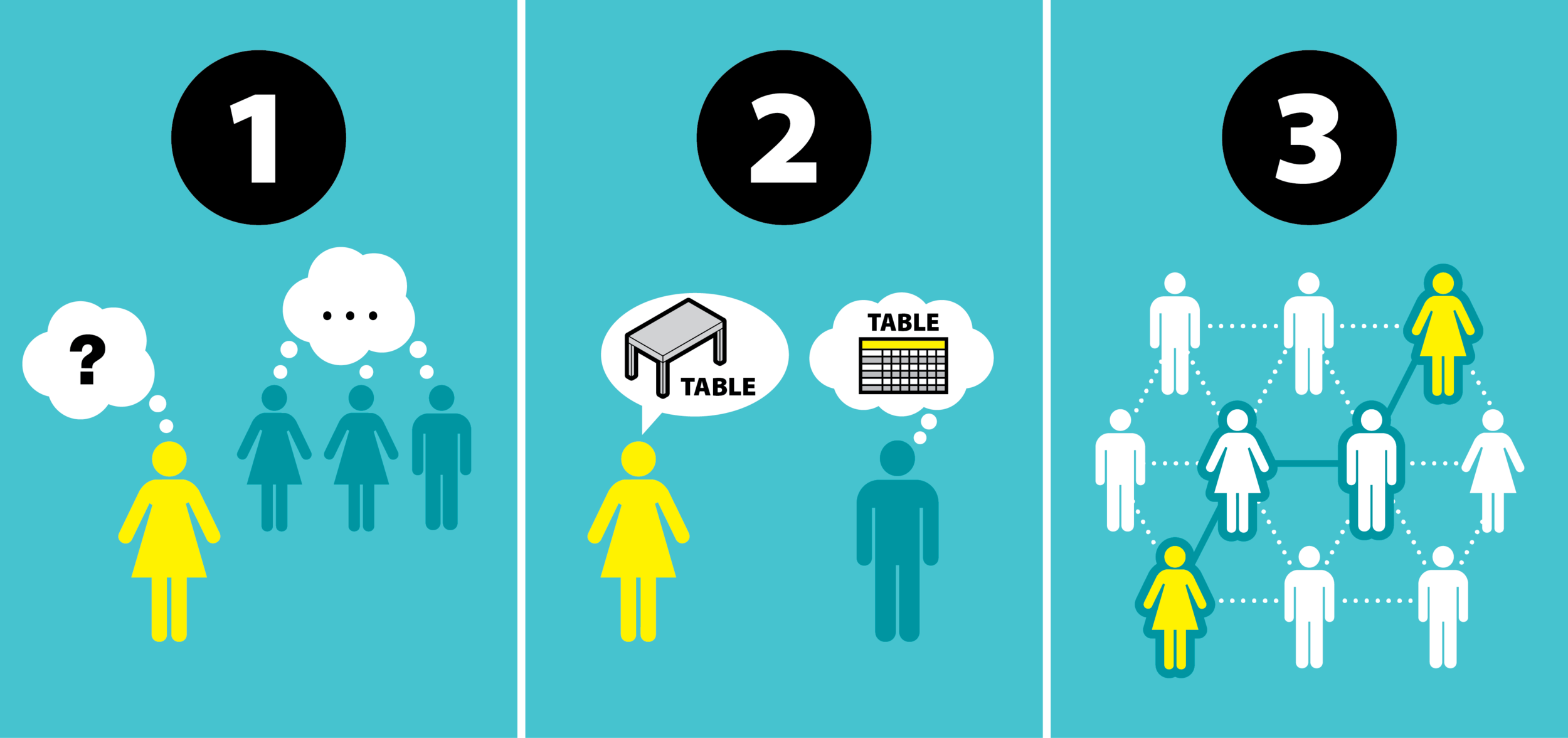PechaKucha Night Volume 15
At PechaKucha Night Pittsburgh Volume 15 I shared the story of why my parents decided to build an earth-sheltered house and how it affected me. Check out the video!
###
RMU Creativity at Work
Every spring, the Career Center at Robert Morris University organizes an event called Creativity at Work. The event brings working professionals to campus to share advice and counsel students on how to obtain jobs and internships in the creative fields. My advice to students:
...
If you were to spend a day in my life, you’d see that the goal of graphic design is good communication. Graphic design solves communication problems and presents information in a way that is both accessible and memorable. If you’re interested in becoming a graphic designer you should be interested in constantly learning, solving communication problems, collaborating with others, and embracing an iterative process.
I interact with a variety of clients in vastly different professions on a daily basis. I might be talking with one client about elevator management systems one minute and the next minute I’ll be talking with another client about the challenges of inventory efficiency at a worldwide fast food company. I am constantly learning about each of my client’s businesses and the communication problems they need help solving.
Solving these communication problems is a team effort. I collaborate with copywriters, illustrators, programmers, and other designers to develop ideas from concept to completion. Working in complete isolation is very rare so being able to collaborate with others is crucial to the success of a project. Developing a clear, engaging visual solution is also an iterative process. The first solution is never the final solution. Learning to embrace this fact will only improve your work—and your happiness.
So now that you have a better idea of what being a graphic designer means, I’m going to switch gears and share three tips that I wish I had received before starting my career.
My first tip: learn to embrace silence. When I graduated and started my first job, one huge difference between the classroom and the real world that I encountered is conference-calling. The gaps of silence I experienced on my first conference calls were really unnerving. I couldn’t read body language or see the client’s initial reaction to my work. I instantly felt this overwhelming urge to fill the silence—so I did. And I sounded like a babbling idiot. I quickly learned to embrace the gaps of silence on conference calls because I realized that the client was just absorbing what I was presenting or thinking about responses to questions I posed. They just needed space to think. I have to admit I still find silent gaps a little unnerving, but I’ve learned to just let them be. My advice to you would be to practice presenting your work over the phone to someone and learn to embrace the silence.
My second tip: learn to play it back. I quickly learned that assumptions are our worst enemy. Falling victim to assumptions on my first few projects in the real world made me accutely aware of the value of playing back the directions and requests I heard from my clients, and even my colleagues.
A perfect example of when playing it back would have been beneficial is when a colleague asked me if I had created a table for a client. I said yes and she asked me to send her the file so she could send it to the client. I sent her the file of the table—an illustrated conference table, you know the kind, flat top, four wooden legs—a table! Well, it turns out she really wanted a data table that the client could populate with figures to use as a comparison tool. We had a good laugh, and the client got the data table file they requested, but it just goes to show that even if the request or feedback seems crystal clear, playing it back can eliminate unwanted surprises. So use every opportunity you can to start refining your playback skills—it will only help you.
My last tip to remember is one I’m sure you’ve all heard, but I’m going to say it anyway: you’re networking even when you don’t know it. Networking is not solely contained to official events held by professional organizations. Every time you meet someone you’re networking. You have no idea who they might know or how they might be able to open doors for you, and vice versa. Believe it or not, I made one of the most valuable networking connections of my life by way of pushing boxes of medical files on a cart across campus. In all weather. Up-hill... both ways.
My freshman year in college I worked part-time as student helper for a woman named Sue. I did all kinds of tedious tasks for her. I filed papers, I made copies, I stuffed envelopes, I pushed boxes of files on a cart across campus to the storage facility. None of these tasks were particularly enjoyable, and all of these tasks were seemingly unrelated to getting a coveted acceptance letter into the fiercely competitive graphic design program. But it turns out, Sue was the key to my acceptance into the design school and my start in graphic design.
So no matter who you interact with, just remember you’re networking even when you don’t think you are... and you just might be meeting one of the most valuable connections in the most unlikely of people.
###



